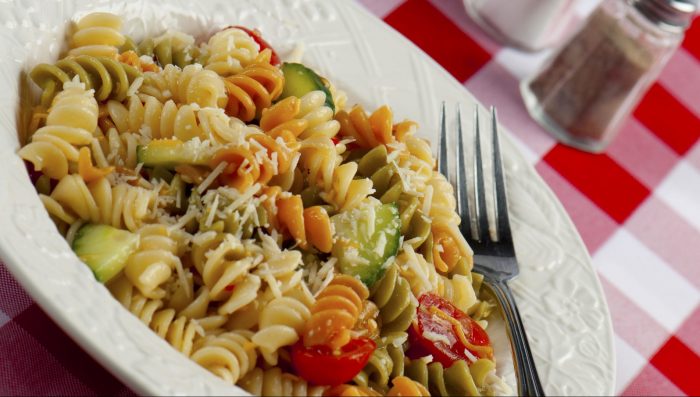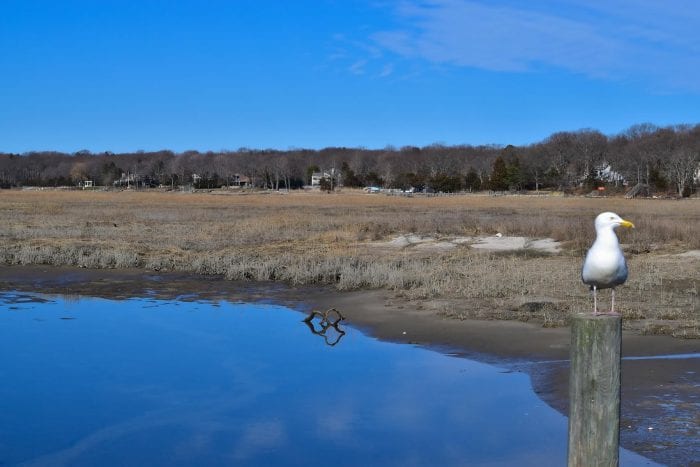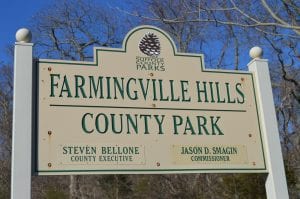By Barbara Beltrami
Having celebrated Spring’s two major religious holidays, it’s time to honor Persephone, ancient queen of the underworld who returns to the surface of the earth each spring as the goddess of vegetation and the symbol of immortality. Like vegetation, she descends back into the underworld each autumn and returns each spring. And so goes the cycle of the seasons.
As I patrol my garden and keep a daily vigil for new sprouts of greenery, I like to think of her and the prominence she held, by one name or another, in ancient agrarian cults. To celebrate her, I am proposing a spring menu that I hope does her justice. It starts with a salad of tender young spinach and strawberries, moves on to a pasta primavera (Italian for spring) and finishes with a lovely daffodil cake.
Spinach and Strawberry Salad with Poppy Seed Dressing
YIELD: Makes 6 servings
INGREDIENTS:
10 ounces fresh baby spinach, washed and patted dry
1 quart fresh strawberries, washed, hulled and sliced
1 shallot, minced
1 tablespoon balsamic vinegar
1 tablespoon raspberry vinegar
Scant 1/4 cup extra virgin olive oil
2 teaspoons poppy seeds
1 1/2 tablespoons honey
1/2 teaspoon prepared Dijon mustard
Salt and freshly ground pepper to taste
DIRECTIONS:
In a large bowl layer the spinach and strawberries. In a small bowl whisk together the shallot, vinegars, oil, poppy seeds, honey, mustard, salt and pepper until thoroughly emulsified. Drizzle mixture over salad and toss gently. Serve immediately with bread sticks and butter.
Pasta Primavera
YIELD: Makes 6 servings
INGREDIENTS:
2 medium yellow zucchini, diced
1/2 pound fresh asparagus, trimmed and stalks halved horizontally
1 onion, thinly sliced
One 10-ounce package frozen artichoke hearts, thawed and halved
One 10-ounce package frozen sugar snap peas, thawed
1/4 cup olive oil
Freshly squeezed juice of half a lemon
Salt and white pepper to taste
18 fresh cherry or grape tomatoes, halved
2 tablespoons chopped fresh dill
2 tablespoons chopped fresh flat leaf parsley
1 pound pasta cooked according to package instructions
Extra extra virgin olive oil, if desired
DIRECTIONS:
Preheat oven to 450 F. In a large bowl, toss together the zucchini, asparagus, onion, artichoke hearts, snap peas, oil and lemon juice. Spread veggies evenly on one or two cooking sheets (depending on size), sprinkle with salt and pepper and roast, turning them after 10 minutes, until they begin to brown (about 20 minutes).Remove from oven, set aside to keep warm and toss cherry tomatoes on hot baking sheet with veggies.
Drain pasta, reserve one cup cooking liquid; place pasta in large bowl and toss with veggies, tomatoes, dill and parsley. Gradually drizzle in reserved cooking liquid and continue tossing; add more extra virgin olive oil, if using. Serve hot, warm or at room temperature with a cold, crisp dry white or rose wine.
Daffodil Cake
YIELD: Makes 10 to 12 servings
INGREDIENTS:
1 1/4 cups sifted cake flour
1 cup sifted confectioners’ sugar
6 egg whites
1/2 teaspoon cream of tartar
1 teaspoon vanilla extract
Pinch of salt
1 cup granulated sugar
3/4 teaspoon baking powder
6 egg yolks
2 tablespoons freshly squeezed lemon juice
1 tablespoon ice water
Confectioner’s sugar for dusting
DIRECTIONS:
Preheat oven to 375 F. In large bowl sift together 1/2 cup cake flour and 1/2 cup confectioners’ sugar four times. In a separate large bowl, beat egg whites just until frothy, then add cream of tartar, vanilla and salt and continue beating until soft peaks form; gradually beat in 1/2 cup granulated sugar; sift and gently fold in the flour mixture, a little at a time.
In a third large bowl sift together four times the remaining 3/4 cup cake flower with baking powder four times. In another large bowl beat together the egg yolks, lemon juice and water, till mixture becomes thick, about 6 minutes; gradually beat in remaining 1/2 cup granulated sugar. Alternately drop large dollops of white and yellow batter into 9 or 10” tube or bundt pan, but do not mix them together.
Bake until cake tester inserted in center of ring comes out clean, about 35 to 40 minutes. Remove cake from oven, invert and let cool. Unmold and turn cake right side up, dust with confectioners’ sugar and serve warm or at room temperature with raspberry or pineapple sorbet.














 “Middle Country’s meets had previously been held at Sunken Meadow State Park, which is a considerable distance from their area,” stated Legislator Caracappa. “Plus, when all State Parks were closed due to the pandemic, Middle Country’s Coach Joe Toto reached out to me to find a new, closer venue. I then contacted County Executive Steve Bellone’s office for assistance. Shortly after, Mr. Bellone announced the re-opening of all Suffolk County parks for use by the school districts’ cross country teams.”
“Middle Country’s meets had previously been held at Sunken Meadow State Park, which is a considerable distance from their area,” stated Legislator Caracappa. “Plus, when all State Parks were closed due to the pandemic, Middle Country’s Coach Joe Toto reached out to me to find a new, closer venue. I then contacted County Executive Steve Bellone’s office for assistance. Shortly after, Mr. Bellone announced the re-opening of all Suffolk County parks for use by the school districts’ cross country teams.”

























